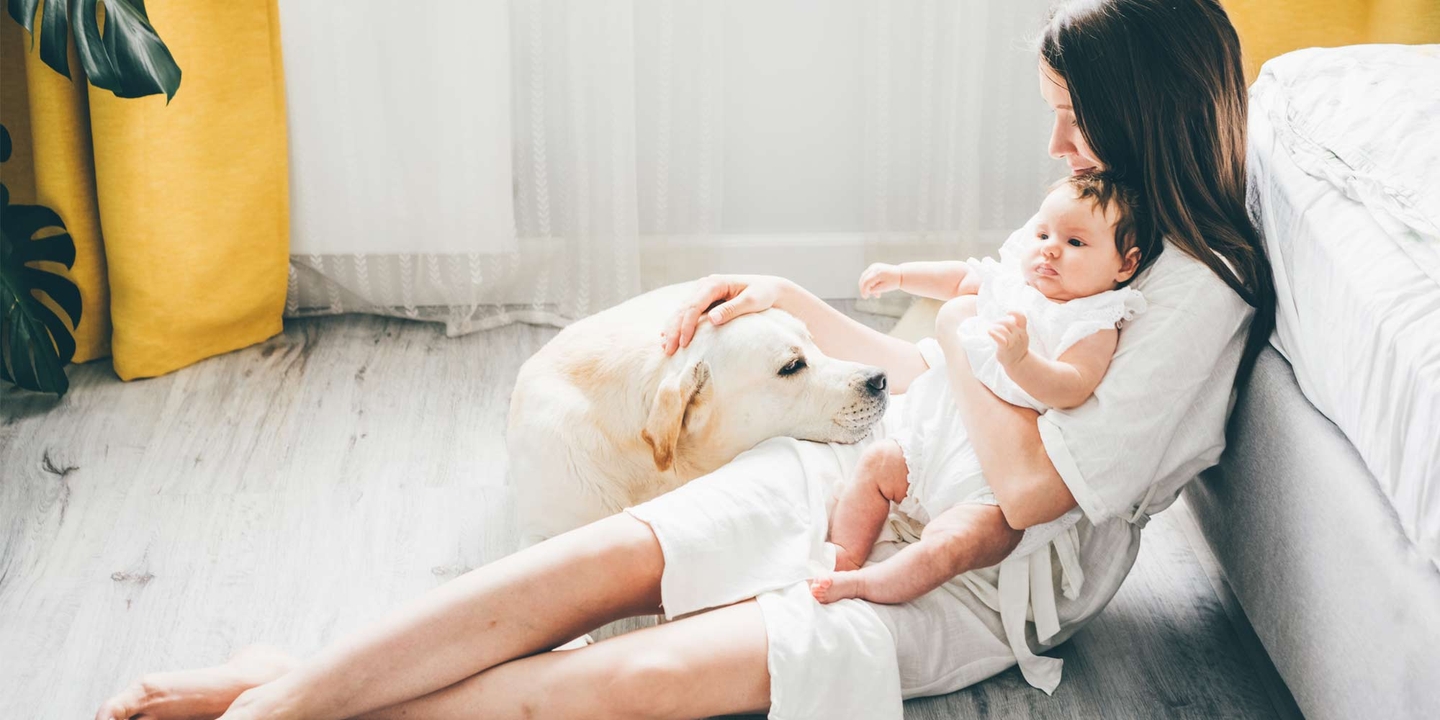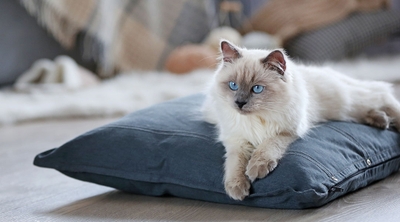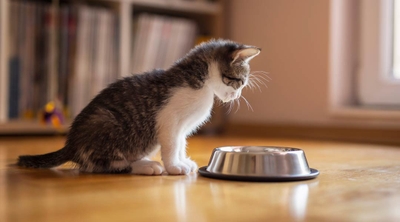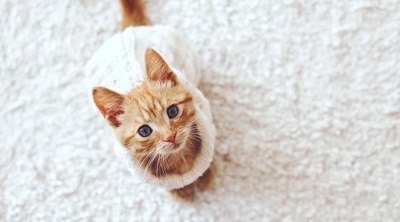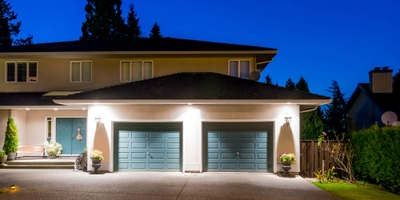Introducing dogs and newborns
3 min read
Dogs are social animals that can appreciate having a big family. However, routines give them security, so all the changes that come with a new baby can leave them confused, scared, or jealous. Your best bet is to start preparing your dog during the pregnancy so that introducing the dog to the baby is as stress-free as possible. While increased dog training time might not be the first thing an expecting parent thinks about, the earlier you can start preparing your dog, the better.
How to prepare your dog for a new baby
Once you know you’re going to have a baby, you’ll want to prepare your dog for a new baby in several ways: teaching your dog behaviors and skills that will help you manage them around the baby, adjusting the dog’s daily routine, and preparing them for all the new sights and sounds they’ll encounter.
Reinforce your dog’s skills and training
One of the most important things you can teach a dog before introducing it to a new baby is impulse control. Teaching your dog commands like sit, down, stay, and drop it can help you manage their interactions with the new baby. Crate training can provide stress relief for your dog and a safe space to calm down. Consider taking a course if your dog has not had basic obedience training. Focus on getting your dog to respond to commands in novel situations or under stress.
Help them adjust to changes in their environment
According to the American Kennel Club, changes to a dog’s environment can cause it to feel stressed, so before you introduce your dog to a new baby, give it time to adjust. If you know you’ll be moving the dog’s bed, making pet-friendly home renovations, or other changes, you can ease the transition by introducing a second bed in another favorite location.
You’ll also want to get your dog used to the new baby’s furniture and other objects. Before introducing the dog and newborn, let the dog smell, explore, and adjust to these items. For baby objects that move or make sounds — like swings or mobiles — let the dog see and hear baby toys in action and reward the dog when it stays calm. If the dog tries to climb onto the baby’s furniture, stay calm, tell it to get down (if it knows a down command) and reward it when it takes some distance from the object. You want to teach it there’s value in leaving these things alone.
Help your dog adjust to new routines
Dogs learn their routines and expect certain things at certain times of day, but that can be hard to manage when the baby arrives. Start shaking up your dog’s routines in advance by trying new walking routes, changing your walk times to those you expect to have after the birth, and giving your dog alone time so it learns to deal with unpredictability. If your dog is anxious — especially if it has separation anxiety — try using a baby gate or other barrier to keep nearby, but where it can see you. Allowing an anxious dog to see you can help your dog ease into spending time alone.
Unfortunately, another almost unavoidable change in the dog’s routine is that the dog will get less attention once the baby arrives. One of the major conflicts that can arise is jealousy due to a lack of attention for the dog. One strategy is to gradually give your dog less attention as the pregnancy draws to a close so that by the time the baby arrives, the dog is already used to getting less attention.
Practice baby interaction with your dog
Some dog trainers suggest getting a baby doll and carrying it around the house. If your dog tries to jump up on you or demonstrates other attention-seeking behaviors, gently turn away. You can even download and play recordings of potentially upsetting baby sounds like crying while the dog is doing something it enjoys. Play the sounds softly at first, then louder as the dog gets used to them to illustrate some of the new stimuli the baby will bring.
Before introducing your dog to a baby, the American Society for the Prevention of Cruelty to Animals (ASPCA) suggests making time to play with your dog and introducing a game where you crawl on all fours toward the dog, then giving it treats when it responds calmly and attentively. Getting down on the floor can help get your dog used to humans moving around on its level. You can also integrate the baby into the game once it arrives, to help the dog learn that the baby is part of the family and fun to be around.
Socialize your dog with others
Giving your dog an opportunity to meet new people by inviting friends or family to the house can help your dog get used to newcomers, including children. Getting your dog used to new people can help make the adjustment easier when the baby arrives. Encourage visitors to pet your dog once both parties are comfortable so that the dog learns that new faces are positive.
Steps to introducing the dog to the baby
1. Stay calm
Stay calm when you finally introduce the dog and baby. Dogs often respond to your emotional state, so transmitting quiet confidence can help your dog stay calm, too.
2. Let your dog smell the baby’s clothes
Before you enter with the baby, have someone — like a partner, close friend, or family member — bring home some of the baby’s clothes so the dog can smell them. Allow the dog to smell the baby clothes at its own pace. Helping the dog get familiar with the baby’s smell and associating it with the scent of the mother creates a positive association.
3. Get treats and put your dog on a leash
Next, the person helping you should get treats and put the dog on the leash. Consider asking for a few obedience cues (sit, down, etc.) and rewarding them with treats to get the dog in listening mode.
4. Make the introduction
Finally, you can enter and introduce the dog to the baby. Speak calmly and positively — you don’t want the dog to associate fear, punishment, or scolding with the baby — and reward the dog for any positive but polite interest it shows.
Just like when you bring a new dog home, try to conduct the meeting at the dog’s pace. It’s more confusing for them than it is for you. Setting the tone with a positive first impression can make things easier later on.
Other considerations for introducing your dog and newborn
Many dogs act out when they feel bored, stressed, ignored, or isolated. When this happens, they may try to get your attention by doing things they shouldn’t. Finding ways to incorporate your dog into activities with the baby, such as inviting the dog to sit next to your chair while you nurse, can help the dog feel included and associate feelings of well-being and satisfaction with the presence of the newborn. This, in turn, may reduce the likelihood that the dog will act out.
